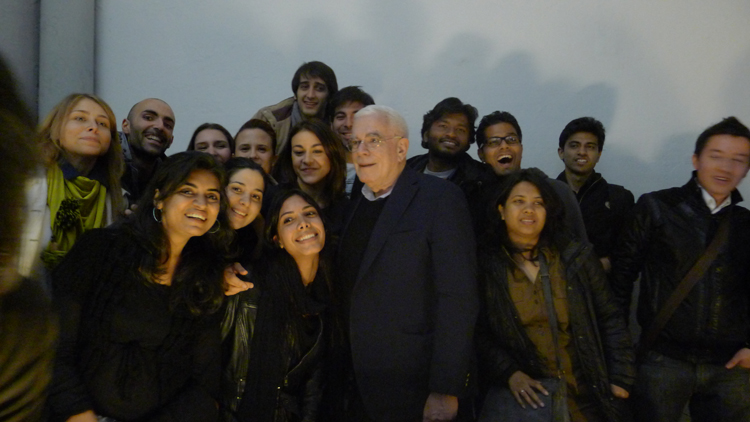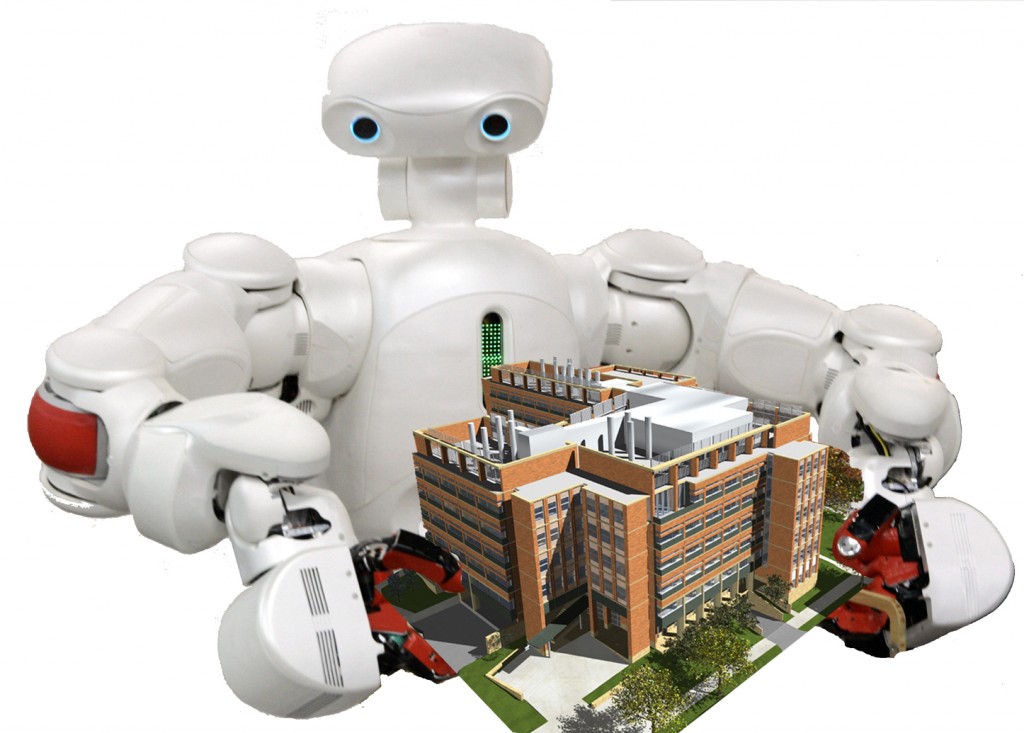 As his former student, I was delighted with the news that Peter Eisenman was awarded the Topaz Medallion for Excellence in Architectural Education last week.
As his former student, I was delighted with the news that Peter Eisenman was awarded the Topaz Medallion for Excellence in Architectural Education last week.
For those unfamiliar with this honor, it is an annual award made jointly by the American Institute of Architects (AIA) and the Association of Collegiate Schools of Architecture (ACSA) in recognition of a lifetime of achievement in architectural education. It thus represents a rare moment of concord between architectural professionals and academics.
Awarding the Topaz Medallion to Eisenman was an extraordinary thing to do. In the first place, most of its past recipients are or were full-time academics for a significant portion of their careers. Eisenman, despite his prolific teaching, has never held a full-time academic position. But more importantly, it is what he taught that makes this award remarkable. Although his specific ideas have undergone periodic revisions, he has consistently argued against the most basic principles that sustain the contemporary practice of architecture. In one form or another, the idea that architecture attempts to artfully reconcile form and function dominates the profession today. In his 1977 editorial “Post-Functionalism” in the journal Oppositions, Eisenman outlined his program of deriving principles for architectural design from the historical conditions that create the grounds of meaning (or lack thereof) of cultural products in general. He explicitly rejected traditional notions of both form and function as based on obsolete ideals. By awarding Eisenman the Topaz Medal, the AIA and ASCA apparently recognized the influence of his profoundly subversive approach to architecture.
One reason to give Eisenman this award is that there are many architects like me who are his former students and who cannot help but acknowledge his influence on their thinking.
He has a unique passion for architecture and sees it as a demanding intellectual discipline. It is a field of action where the forces of history contend and its practice is a kind of spatial historiography. It is difficult to experience Eisenman’s teaching and not come away with the conviction that architecture is the most important thing in the world. Studying it is therefore a very serious business. Eisenman endows his students with his level of passion and seriousness (if not knowledge), making their work important. I can tell you from experience that this is tremendously exciting for a student. Simply put, he is a great teacher, provided one thinks that the proper concern of a teacher is conveying knowledge and passion, not nurturing students’ supposedly fragile egos. Peter didn’t hesitate to couch his criticism in-well, critical terms. I took this as a token of his respect for the seriousness of my work and my ability to approach it critically. I know that many students have been hurt by his sometimes caustic manner, but even these have often recognized after the fact that they learned a great deal from him.
However great Eisenman’s influence on his students, we had to put most of it aside when we began working.
Even the most “stellar” firms need to concern themselves with their clients’ programs. Budgets tend to reify pre-existing “ideals” of form, since straying too far from formal precedents is usually expensive. Clients stubbornly insist on seeing their buildings as practical tools rather than as contributions to critical discourse on architecture. Yet Eisenman’s teaching has stayed with us, in spirit if not in the details. The image of architecture as a serious intellectual undertaking with its own principles and, dare I say, ideals has a powerful hold on our imaginations. And not only on those of his former students- I would argue that every architect bases some of his or her self-image on ideas such as Eisenman’s. Most of us draw a distinction between what we do for a living every day and some idea of architecture as it would exist under ideal conditions. By understanding our daily work as a pursuit of a pure idea which is inevitably doomed to fail, architects both maintain the ideal and the ability to justify the distinctly non-ideal work we do. Without such an ideal, architecture becomes a form of engineering: finding effective solutions to concrete problems. There is nothing wrong with engineering, but most architects believe that that is not what we do.
By giving the Topaz Medal to Peter Eisenman, the architectural establishment recognized the need for such an ideal, for an image of architecture as a high-minded pursuit that follows its own precepts, that exists independently of any of its instantiations.
To be continued…
